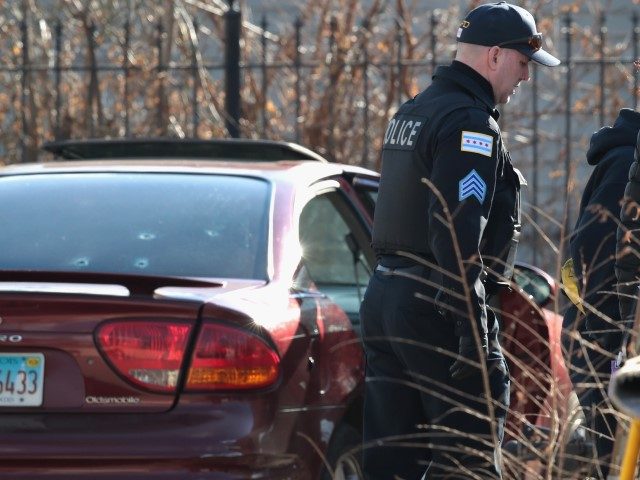The Centers for Disease Control and Prevention’s (CDC) Debra Houry, director of CDC’s National Center for Injury Prevention and Control, suggests that planting more trees can reduce gun violence.
The Hill reports that Houry indicates “initiatives like restoring vacant lots by planting trees and grass have been shown to reduce firearm violence.”
WXOW quoted Houry describing her tree-planting approach as a “greening initiative.” She said, “We’ve also funded research around greening initiatives to where you can go in and make a vacant lot look better by planting grass and trees. That’s been shown to reduce firearm assaults by up to 29% in impoverished areas.”
Houry’s observations on gun violence come in response to a CDC study showing a rise in firearm homicides during 2020, which was the first year of the coronavirus pandemic and related coronavirus lockdowns.
The Hill notes the CDC study shows that firearm homicides were especially prevalent among black boys and young men “between the ages of 10-24.” The rate of firearm homicides for that group was “21.6 times higher than white males of the same age.”
No mention was made of any relation between that age and possible gang affiliation. The Hill states pointedly, “The study did not reach any conclusions about the reasons for increasing rates of gun violence.” However, more gun control and other efforts, including planting of trees and grass, were discussed as a response.
CDC director Rochelle Walensky put out a statement saying, “The tragic and historic increase in firearm homicide and the persistently high rates of firearm suicide underscore the urgent need for action to reduce firearm-related injuries and deaths.”
The “Discussion” preamble to the CDC study information also alludes to a need for more gun control:
Approaches that focus on enhancing firearm safety and storage, particularly to protect persons at risk from harming themselves or others, are part of a comprehensive prevention strategy. For example, research suggests that physician counseling paired with provision of a safety device is associated with safer firearm storage practices in the home (19). A recent review also concluded that child access prevention laws have been associated with lower rates of youth firearm self-injury, including suicide, and laws preventing firearm ownership by those under domestic violence restraining orders are associated with reductions in intimate partner homicides (20). It is important to examine the circumstances and mechanisms (e.g., implementation processes and changes in knowledge or norms) that facilitate the most effective firearm safety approaches (20). There is substantial need for additional research to expand the evidence base for programs, policies, and practices that effectively reduce firearm injuries and deaths, and that address inequities in risk for violence and suicide.
AWR Hawkins is an award-winning Second Amendment columnist for Breitbart News and the writer/curator of Down Range with AWR Hawkins, a weekly newsletter focused on all things Second Amendment, also for Breitbart News. He is the political analyst for Armed American Radio and a Turning Point USA Ambassador. Follow him on Instagram: @awr_hawkins. Reach him at awrhawkins@breitbart.com. You can sign up to get Down Range at breitbart.com/downrange.

COMMENTS
Please let us know if you're having issues with commenting.